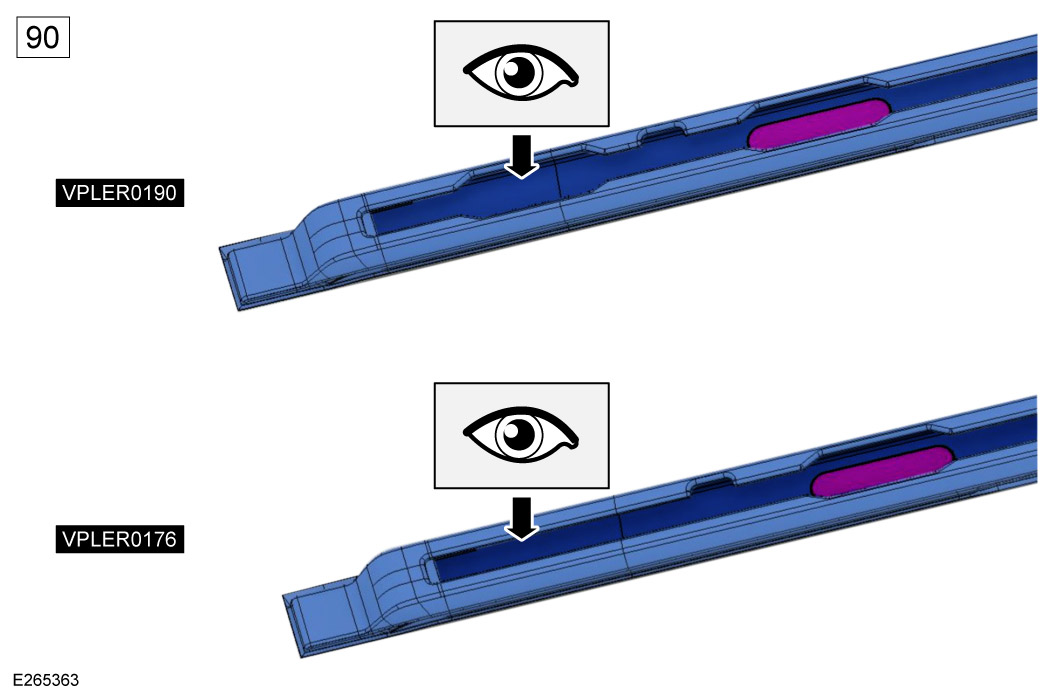
Inspect which type of roof rail you have by comparing with the roof rail illustration above. 'Roof Rails' (VPLER0190) has an additional slot at the rear of the roof rail and is the preferred roof rail if you not yet ordered one.
- 'Roof Rails' (VPLER0190) are applicable with both 'Cross Bars' and 'Deployable Roof Ladder' installed at the same time. If you plan to install the 'Cross Bars' in conjunction with the 'Deployable Roof Ladder'. Then it is recommended you order 'Roof Rails' (VPLER0190).
- 'Roof Rails' (VPLER0176) are 'NOT' applicable with both 'Cross Bars' and 'Deployable Roof Ladder' installed at the same time.